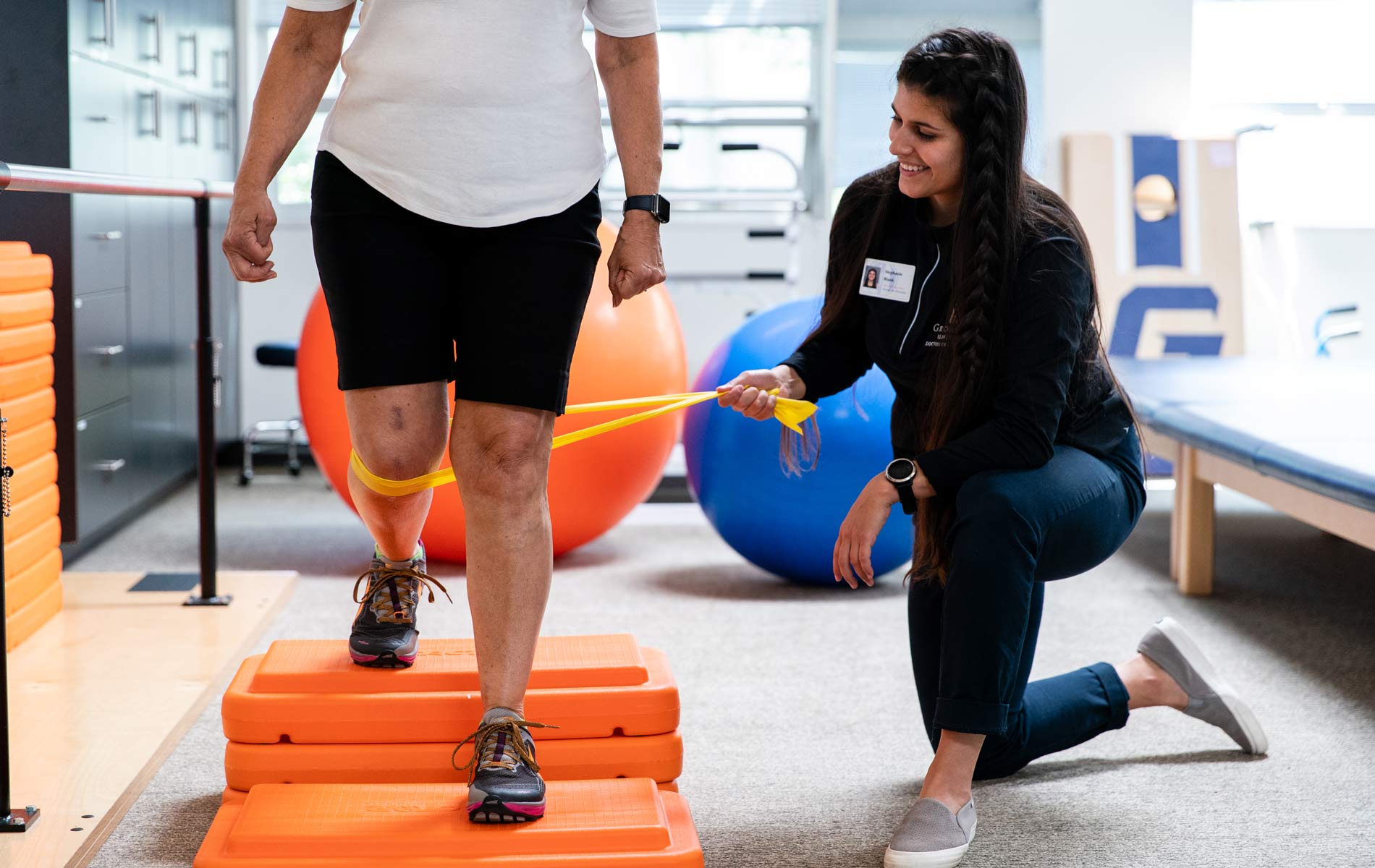Investigating the Effect of Hands-on Treatment Methods on Reducing Musculoskeletal Pain and Enhancing Patient Outcomes
Investigating the Effect of Hands-on Treatment Methods on Reducing Musculoskeletal Pain and Enhancing Patient Outcomes
Blog Article
Hands-on treatment methods are manual approaches used by medical providers to treat muscle and joint discomfort. Such methods include various types of manipulation and movement of the human muscle tissue and articulations. The objective of hands-on therapy is to relieve pain, improve movement, and enhance overall performance. Many people experience musculoskeletal discomfort due to trauma, suboptimal alignment, or conditions like arthritis. By applying hands-on treatment, therapists aim to address these issues and help clients regain their quality of living.
One common manual therapy technique is spinal manipulation. This technique involves using controlled pressure to the vertebral column to enhance positioning and reduce pain. Studies has shown that vertebral adjustment can be beneficial in treating lumbar back discomfort and neck pain. Another method is gentle tissue mobilization, which focuses on relieving tension in the muscles and soft structures. This can help alleviate rigidity and enhance range of motion, making it easier for clients to move without discomfort. Both techniques can be tailored to meet the individual requirements of each patient, ensuring a custom method to care.
In addition to pain alleviation, hands-on treatment can enhance client results in multiple ways. For example, it can improve blood flow, which helps deliver nutrients and essential elements to the affected regions of the body. Better blood flow can also promote healing and reduce swelling. Furthermore, manual treatment can help patients develop better body awareness, which is crucial for preventing future injuries. By comprehending how their physiques function, clients pain management clinics can make better knowledgeable choices about their activities and alignment, leading to sustained advantages.
The effectiveness of hands-on therapy is often backed by client feedback. Numerous patients indicate significant gains in their pain intensity and overall performance after receiving treatment. This positive reaction can lead to increased motivation for patients to participate in rehabilitative activity and recovery programs. When patients feel improved, they are much likely to engage in their rehabilitation journey, which can additionally improve their outcomes. This collaborative method between the provider and the client is crucial for attaining enduring outcomes.
In summary, manual treatment techniques play a vital role in alleviating musculoskeletal pain and improving client results. By using methods such as spinal manipulation and soft connective tissue manipulation, medical providers can help patients recover mobility and alleviate pain. The advantages of hands-on treatment extend further than immediate pain alleviation, as it also promotes healing and motivates patients to take an active role in their rehabilitation. As more people look for effective treatments for musculoskeletal issues, hands-on treatment continues to be an important option in the field of medicine.